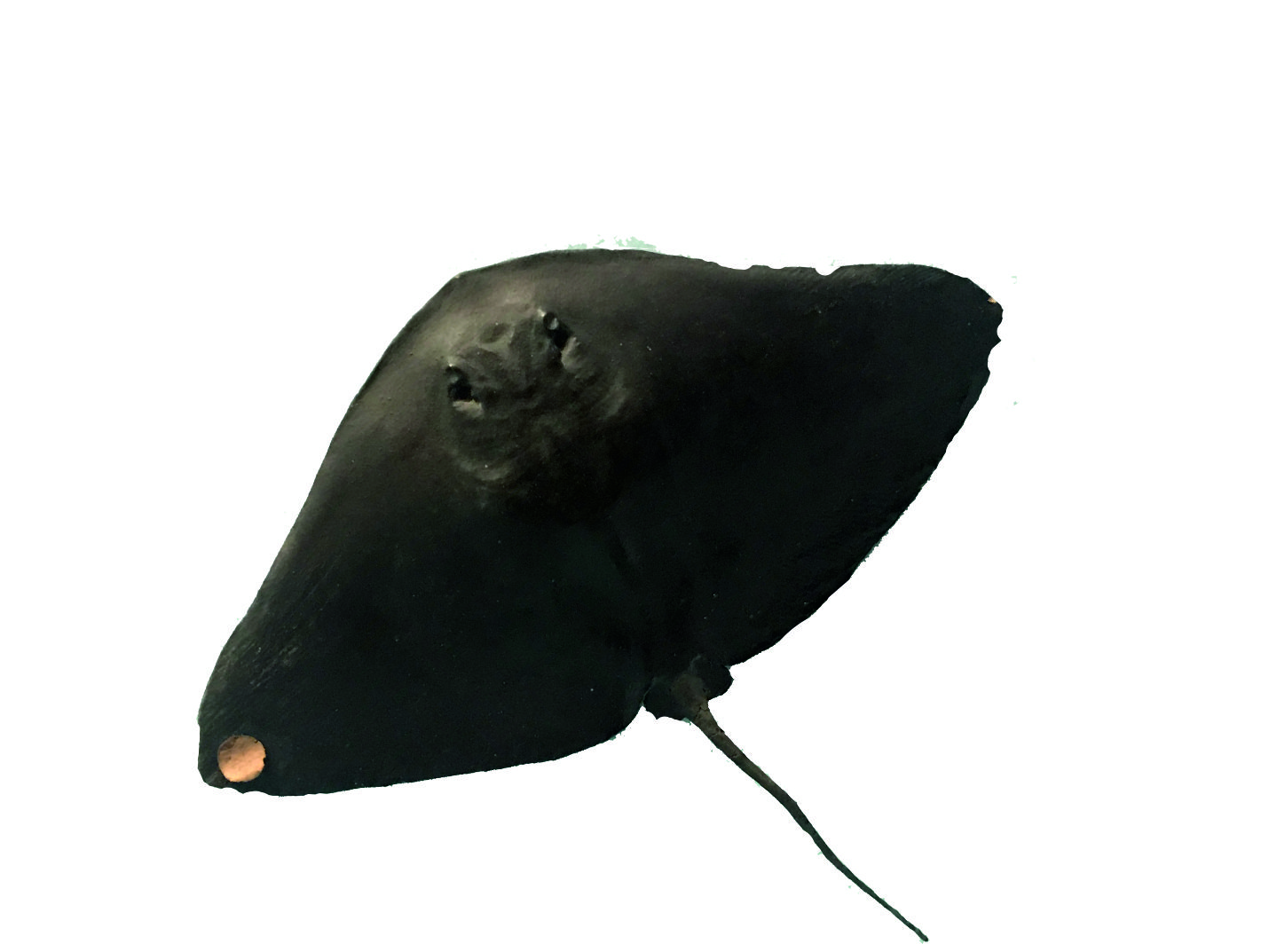
Smooth butterfly ray
 (Gymnura micrura)
(Gymnura micrura)
| Class: | Chondrichthyes |
| Order: | Myliobatiformes |
| Family: | Gymnuridae |


Distribution and Habitat
- They are found in the western and eastern parts of the Atlantic Ocean (Maryland to Brazil) and the Gulf of Mexico.
- They are most commonly found in neritic waters, but are also known to enter brackish estuaries and hypersalinelagoons.
They have a range that extends from the continental shelf to 40 meters deep in tropical and warm waters.
About the fish
- It is a species of Batoid cartilaginous fish.
- Gymnura is derived from Greek roots and translates into ‘naked tail’.
- Its has overall diamond shape with flat body and pectoral fins that are wider than their length.
- The edges of the disc are concave.
- The ventral side is lightly colored while the dorsal side is variable in color.
- They tend to use countershading to blend in with the bottom of their environments in order to hide from predators and to catch prey.
- Its tail is short and has 3 to 4 dark lines that are referred to as crossbars.
- The caudal fin is never present and a variable number of tubercles can be found on larger specimens.
- Females are bigger than their male counterparts
- Maximum length (120 cm) Female 50 cm Male 42 cm
- They prefer habitats that have either sandy or muddy bottoms.
- They use internal fertilization which is the process of the male inserting his claspers into the female’s cloaca to fertilize the eggs.
- Exhibit ovo-viviparity, the offspring develop inside the mother and the young are histotrophs.
- They prey mainly on bony fishes, crustaceans, bivalve mussels and polychaetes.
- They use a structure called the lateral line canal; it is located on the dorsal side from the head to the pectoral fins, that assists the rays in detecting changes in water movement.
- The upper jaw consists of 6 to 120 teeth and the lower jaw has 52 to 106 teeth; each jaw contains 6 to 8 simultaneously functioning rows.
- Swimming habits use small amplitude undulations of their fins when they are swimming along the bottom, but switch to an oscillatory approach when they are swimming freely in the water.
- They are currently classified as data deficient by the IUCN.
